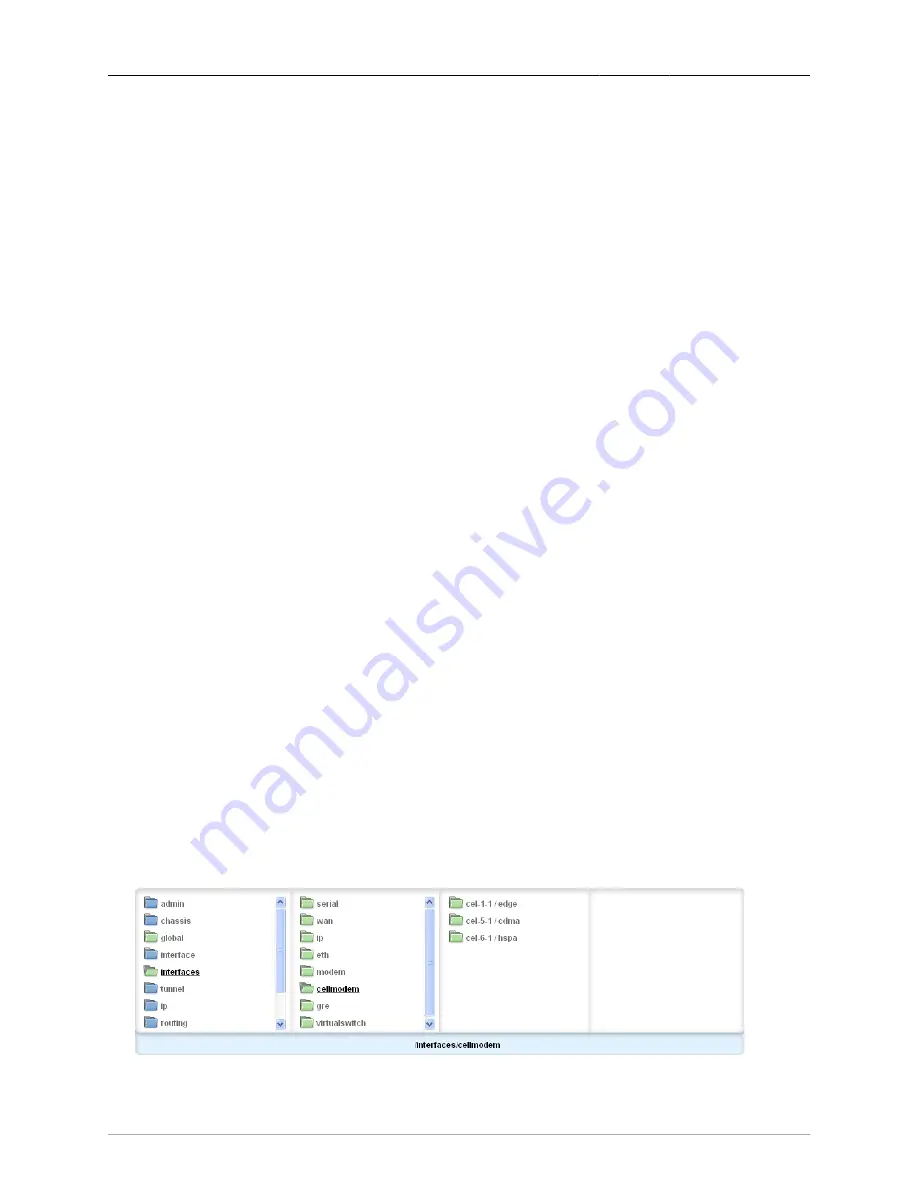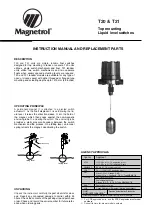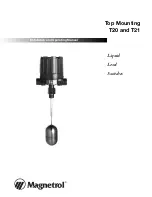
21. Modem
ROX™ v2.2 User Guide
203
RuggedBackbone™ RX1500
21. Modem
21.1. PPP and the Cellular Modem
21.1.1. PPP and Cellular Modem Fundamentals
RX1500 may be equipped with an internal cellular modem or land-line modem. PPP (the Point-to-Point
Protocol) is used to establish an IP network connection over a cellular radio modem link.
Depending on local cellular network availability, one of three cellular modem types may be ordered:
• Edge
• CDMA
• HSPA
21.1.1.1. PPP Interface
When a PPP connection is established, a network interface is created in the system. You can find the
interface name . Refer to the interface name when configuring firewall rules.
21.1.1.2. Authentication, IP Addressing and DNS Servers
In contrast to the configuration for land-line modems, username and password might not be required
for some cellular data service providers. If username and password is not required, you can enter none
in the username and password fields of the GUI, or leave them blank. If authentication is required by
the cellular data service provider, again PPP authentication will automatically use PAP or CHAP. Your
service provider will provide you with a username and password along with an Access Provider Name
(APN), which must be entered in the GUI.
The authentication process will provide a local IP address for use on the PPP interface and optionally
the addresses of the DNS servers and a default gateway address to use. You should generally use
these addresses unless you need to provide your own.
The PPP interface’s IP address, obtained from the PPP server, can be either a dynamic or a static IP
address. Firewall configuration should be performed as is appropriate.
21.1.1.3. When the Modem Connects
A PPP Client Connection for the cellular modem may be configured to connect at boot time.
21.1.2. PPP Cellular Modem Information and Configuration
The following sections review the forms used to view and configure HSPA, Edge, and CDMA cellular
modems. The HSPA, Edge, and CDMA menus can be accessed from the interfaces/cellmodem menu
below.
Figure 21.1. Interfaces Cellmodem menu
















































